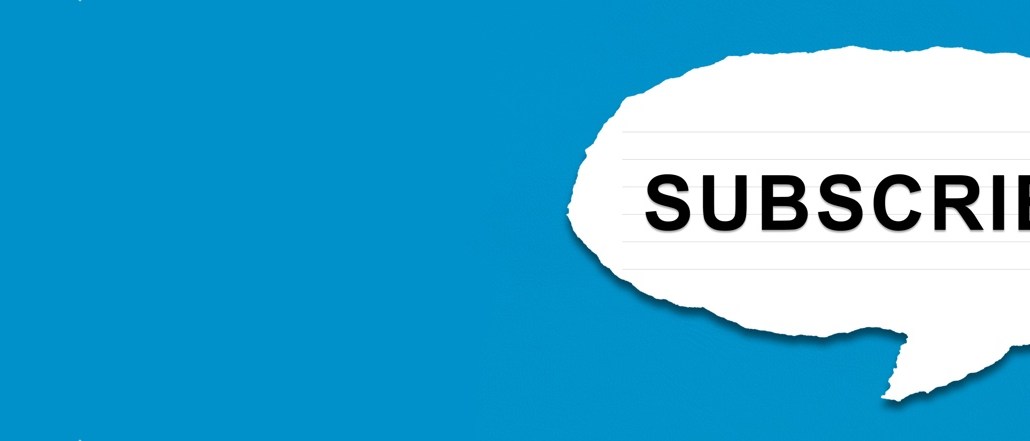
With newsletters having a moment, the ways that publishers monetize them are growing too. Over the past year, publishers across the country have all beefed up their investment in newsletters, focusing not just on growing their audiences but on improving their design, making them more technologically sophisticated, visually rich and engaging.
They’ve focused on monetizing them too, turning to a mixture of low- and high-tech strategies to get more money out of their audiences there.
“What publishers are doing now is merely scratching the surface,” said Dave Helmreich, the chief operating officer of LiveIntent. “Email is no longer about sending email. It’s about the access it provides to identity and marketing to people in a mobile-first world.”
There are a few reasons why newsletters once fell by the wayside for most publishers. First, most of them were busy chasing scale, and the allure of search and social traffic far outpaced the slow growth and loyalty newsletters offered. Second, they do still have a measurement problem, one of which began in 2013 when Google decided it would cache third-party images embedded into emails. That meant neither advertisers nor publishers could count how many times a display ad was seen, and for many publishers, that problem remains.
“You can proxy it with email open rates, but that’s not perfect,” said Chris Shuptrine, the marketing director for Adzerk, a native ad suite used by publishers and communities including Thrillist, Reddit and Imgur.
But today, publishers are embracing a mixture of low- and high-tech techniques to wring more money out of their newsletters.
Short-term exclusivity
Axios founders Jim VandeHei and Roy Schwartz brought a lot of what was successful at Politico over to their new startup. But they’ve tweaked a few things slightly, including how they monetize their newsletters. Sponsorships to Axios newsletters are sold as one-week exclusives to each advertiser that buys one. That control gives brands the chance to take different creative tacks with their ads, or tell stories.
It also gives them the opportunity to maximize their revenue during weeks of keen interest. Had the site been live during the week of Election Day, for example, Axios’ sales team would have looked to sell that week’s sponsorships at premium prices.
Passing the hat
A handful of independent creators have had success generating money by asking readers for it. Inside, a venture-backed startup that’s changed its stripes a few times, has over a thousand people donating $100 per year, while publishers ranging from podcast startup Gimlet Media to Ben Thompson’s Stratechery all earn steady, meaningful sums from donations. Drew Strojny, the founder of Memberful, a service that helps collect membership fees for newsletters, said signups have been “accelerating strongly” since last year.
Selling their tech
If you develop an effective product internally, why not sell it? Just as a number of publishers started licensing their content-management systems to peers for money, the Washington Post has brought Paloma, the email newsletter CMS it developed in 2016, to market. “Their software gets great reviews,” Helmreich said. “They’re being enterprising about it.”
Native advertising
Native advertising is growing like a weed in other corners of the web. And now that it’s getting easier and easier to sell it on an automated, programmatic basis, native is poised to become a much bigger part of newsletters, too. While publishers ranging from Hearst to Refinery29 to BuzzFeed have had native ads in their newsletters for a while, the rise of programmatic exchanges, combined with a relative uniformity in newsletter design, put native ads in position to become a much bigger component of newsletter monetization.
Affiliate links
It’s not new. But with more and more publishers leaning in to e-commerce in 2016, publishers ranging from Refinery29 to BuzzFeed have all put more products for sale in their newsletters. When BuzzFeed launched its gift guide newsletter last fall, the company’s newsletter editor admitted he hadn’t been that excited about a newsletter in years.
More in Media

Here are the biggest moments in AI for publishers in 2025
Here are some of the moments that defined how publishers adapted to the AI era this year.

Digiday+ Research roundup: Gen Z news consumption and diversification in the DSP space were 2025’s top trends
As 2025 winds down, we rounded up the biggest trends of the year, based on the data that resonated the most with Digiday’s readers.

What publishers are wishing for this holiday season: End AI scraping and determine AI-powered audience value
Publishers want a fair, structured, regulated AI environment and they also want to define what the next decade of audience metrics looks like.








